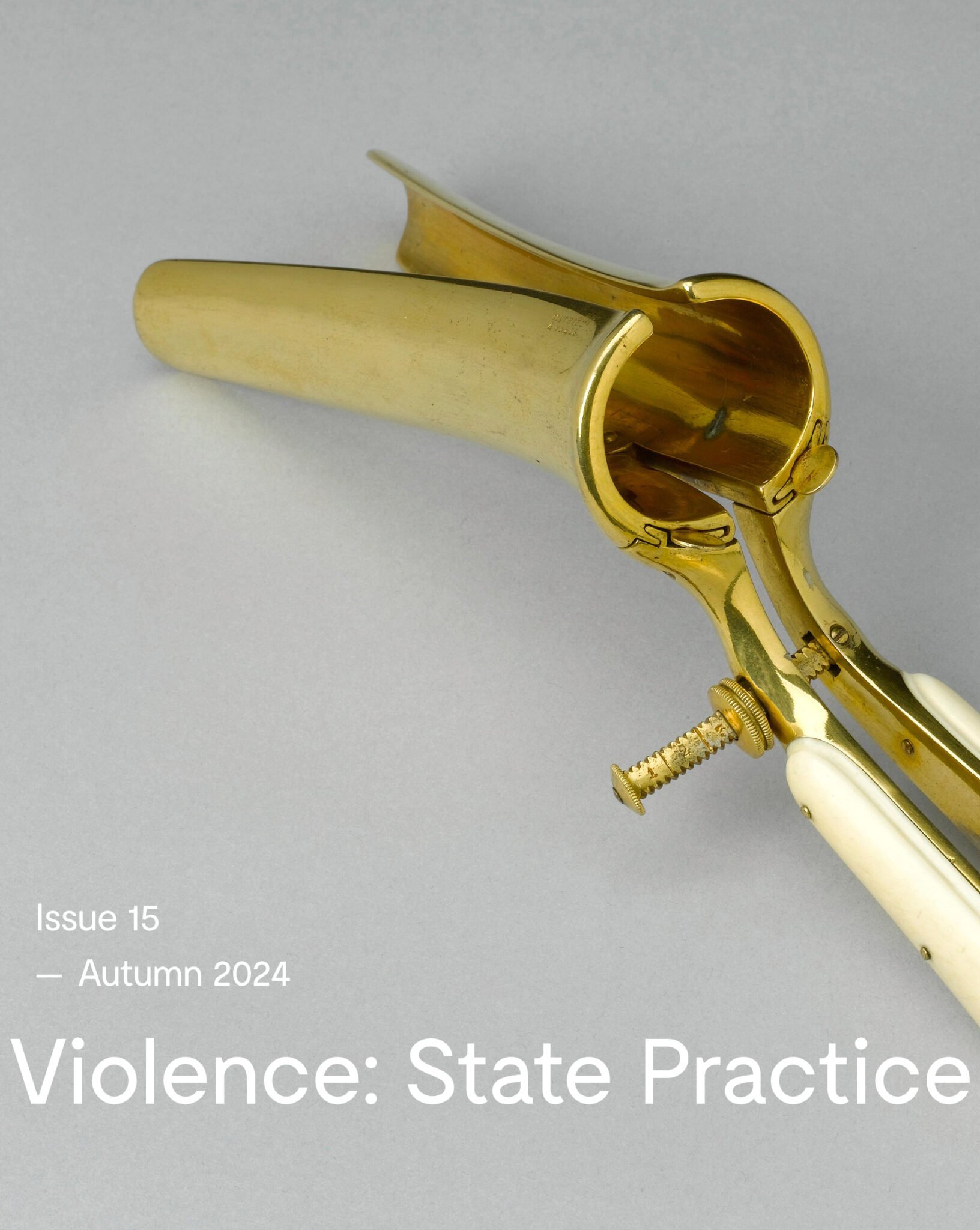Academic publishing can be frustratingly slow at times. But finally my nine fragments on the reading of asylum documents are published in PARSE journal. Since the text was written, we have had a change of government in Sweden. The explicit goal of the current regime (a collaboration between the radical nationalists and a coalition government of formerly traditional conservative and liberal parties) is to deprive asylum seekers of as many rights as possible. Meanwhile, the social democratic opposition has declared support for the regime’s politics on migration. Everything I write about in this text has become even more urgent, and we need more than ever to build solidarity from below. The article is open access, check it out together with the rest of this special issue on state violence.
The tramp philosopher speaks:
Such words do not stimulate the imagination of those to whom they are addressed, do not even arouse it. Such words keep the imagination sober, unfeeling, spruce and cold. That is the way the majority of people keep and guard their choice of probability. Nothing can shake us! We won’t believe that![2]
Probability translates into Swedish as sannolikhet. It is a frequently used word in the documentation of asylum inquiries, relating to assessments of age, identity, life narrative, grounds for fear. The judgment on probability, on sannolikhet, is crucial as to whether you are granted asylum or not.
The Swedish word is composed of sann, “true”, and lik, “likeness”. What bears enough likeness to truth to be called probable? And what is the relation between truth and mere likeness?
